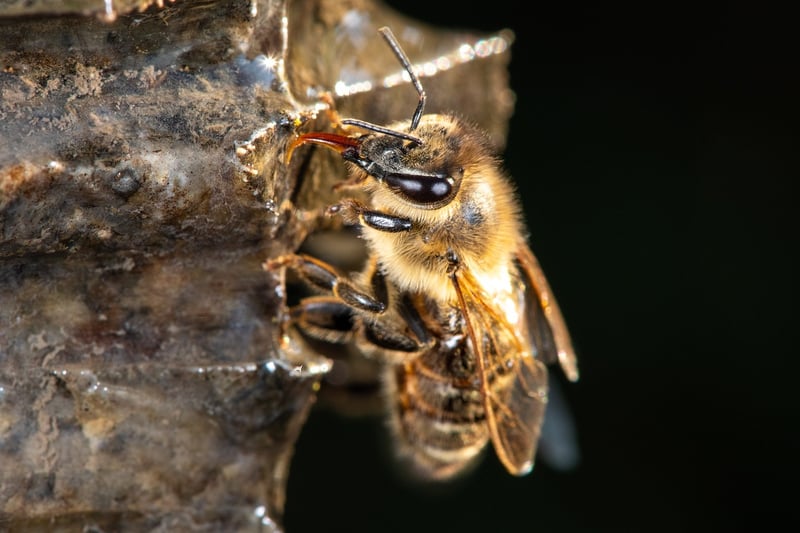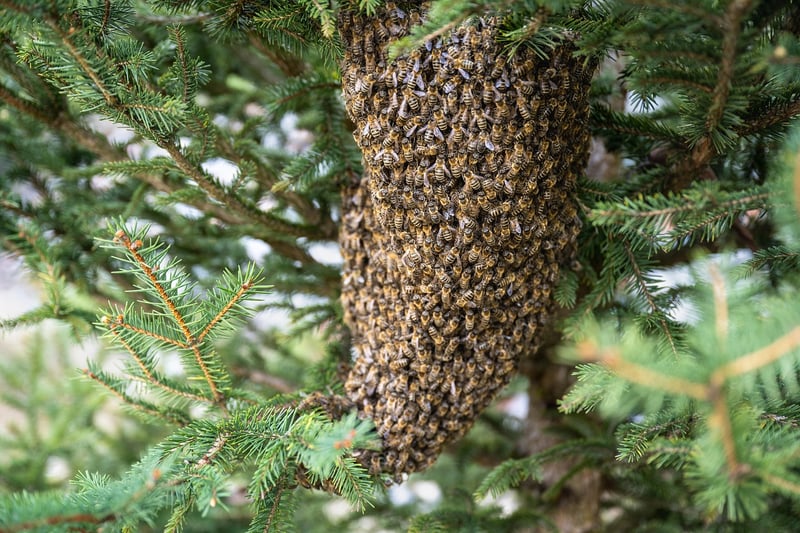Beekeeping Basics
Attracting Wildlife to Urban Areas + Beekeeping Basics
Attracting Wildlife to Urban Areas
Urban areas are often thought to be devoid of wildlife, but with a little effort, you can attract a variety of animals to your city or town. Here are some tips to bring wildlife into your urban space:
1. Create Habitat
Set up bird feeders, bird baths, and nesting boxes to provide food, water, and shelter for birds. Plant native flowers, shrubs, and trees to attract butterflies, bees, and other pollinators.
2. Provide Water Sources
Install a small pond, fountain, or birdbath to give wildlife a place to drink and bathe. Water is essential for many animals, especially during hot weather.
3. Avoid Pesticides
Avoid using harmful pesticides in your garden. Instead, opt for natural pest control methods like planting companion plants or introducing beneficial insects.
Beekeeping Basics
Beekeeping is a rewarding hobby that not only helps support the bee population but also provides you with delicious honey. Here are some basics to get started with beekeeping:
1. Educate Yourself
Before starting beekeeping, educate yourself about bee behavior, hive management, and safety precautions. Attend workshops or courses to learn from experienced beekeepers.
2. Get the Right Equipment
Invest in the necessary beekeeping equipment such as a hive, smoker, bee suit, and tools for hive inspection and maintenance.
3. Choose a Suitable Location
Select a location for your beehive that has access to sunlight, good drainage, and is away from high-traffic areas. Make sure there is a water source nearby for the bees.
4. Care for Your Bees
Regularly inspect your hive for signs of disease or pests. Provide enough food for the bees, especially during the winter months when natural food sources may be scarce.

By following these tips, you can create a welcoming environment for wildlife in urban areas and start your journey into the fascinating world of beekeeping.
